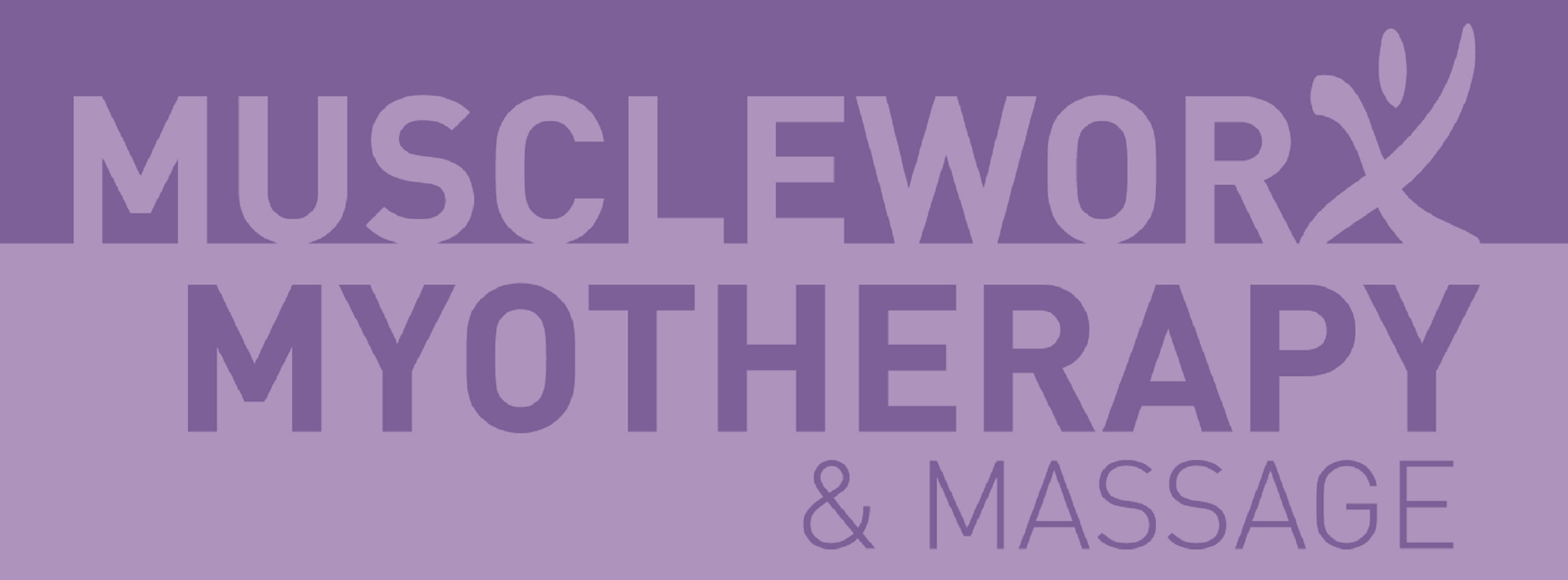Scoliosis
Scoliosis is a condition characterized by an abnormal lateral curvature of the spine, typically developing during adolescence. The curvature can take the shape of a “C” or “S,” and while the exact cause of most scoliosis cases is unknown (idiopathic scoliosis), it can also result from congenital spine malformations, neuromuscular conditions, or injuries.
Symptoms and Impact of Scoliosis
The severity of scoliosis varies. Mild cases may cause little discomfort or visible change, while more severe cases can lead to significant physical deformities, pain, and issues with posture and balance.
Common symptoms include:
– Uneven shoulders or hips
– One shoulder blade more prominent than the other
– Rib cage asymmetry
– Back pain, especially in adults with scoliosis
– Difficulty breathing (in severe cases where the curvature impacts lung function)
Myotherapy for Scoliosis
While Myotherapy cannot cure scoliosis or alter the spine’s structural curvature, it can be highly beneficial in managing symptoms and improving quality of life for individuals with the condition. Here’s how Myotherapy can help:
1. Pain Management:
– Scoliosis often leads to muscle pain due to the imbalances and strain caused by the spinal curvature. Myotherapy uses techniques such as deep tissue massage, trigger point therapy, and myofascial release to relieve muscle tension and reduce pain.
2. Improving Mobility and Flexibility:
– Myotherapy helps improve the flexibility of the muscles around the spine, which can become tight and restricted due to the curvature. By enhancing mobility, Myotherapy can reduce discomfort and help maintain a better range of motion in the back and torso.
3. Correcting Muscle Imbalances:
– Scoliosis causes certain muscles to become overworked while others weaken. Myotherapy focuses on identifying and addressing these imbalances through targeted massage and exercises, helping to create a more balanced muscle structure and alleviate the stress on the spine.
4. Posture Support:
– Regular Myotherapy sessions can assist in improving posture, which is crucial for individuals with scoliosis. Techniques to strengthen the core muscles, along with stretching and posture-corrective exercises, can help support the spine and reduce the progression of the curvature.
5. Enhancing Overall Well-Being:
– Chronic pain and discomfort associated with scoliosis can affect mental health and quality of life. Myotherapy’s holistic approach not only addresses physical symptoms but also contributes to overall well-being by reducing stress, promoting relaxation, and improving sleep quality.
6. Complementary Care:
– Myotherapy is often used alongside other treatments for scoliosis, such as physical therapy, chiropractic care, or in severe cases, surgery. It complements these treatments by focusing on soft tissue health and helping patients manage their symptoms more effectively.
Conclusion
In summary, scoliosis is a spinal condition that can lead to pain, muscle imbalances, and posture issues. Myotherapy provides significant benefits by managing pain, improving flexibility, addressing muscle imbalances, and supporting overall well-being. While it cannot cure scoliosis, Myotherapy is a valuable tool in the comprehensive management of the condition, helping individuals maintain a better quality of life.
